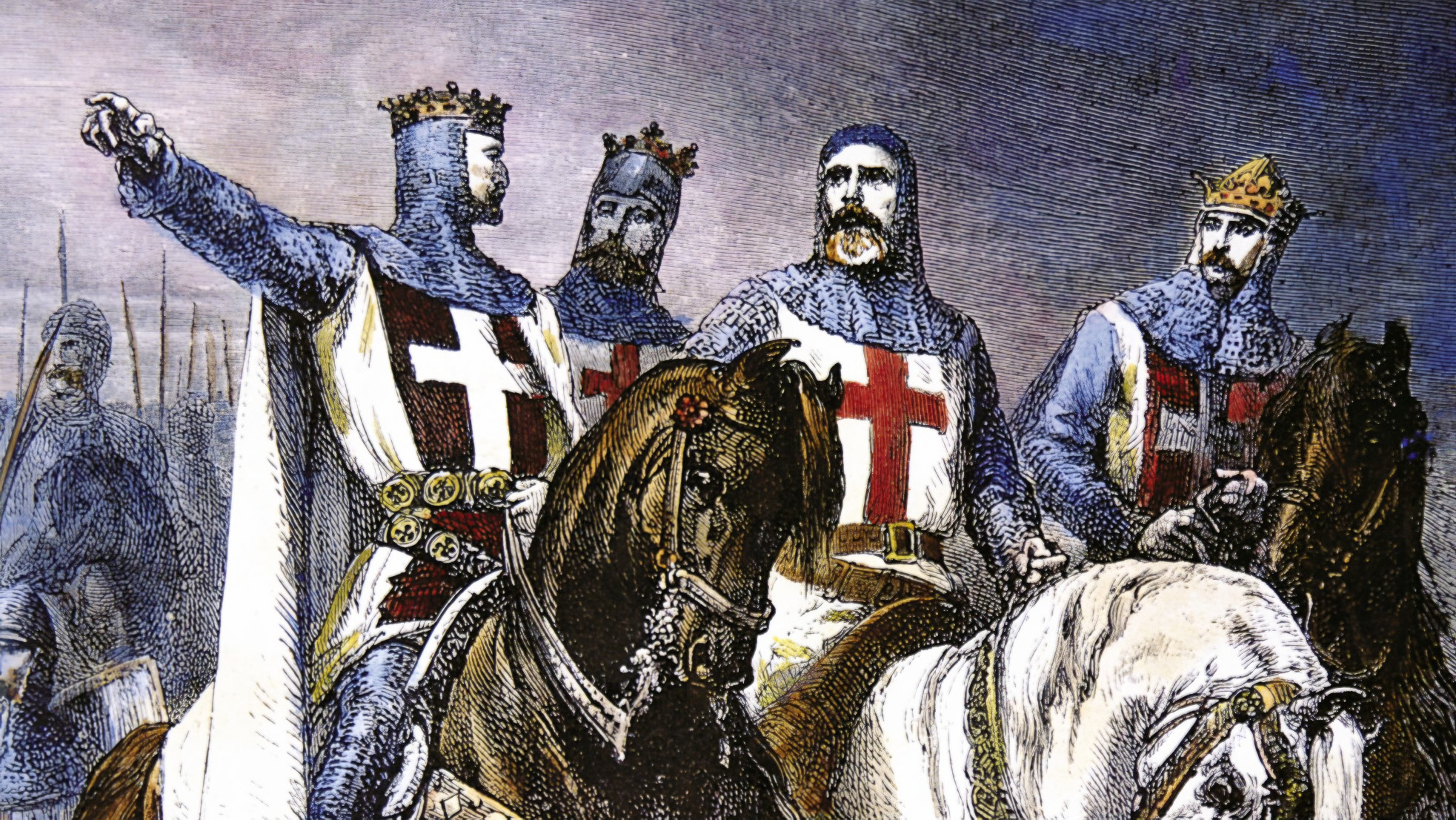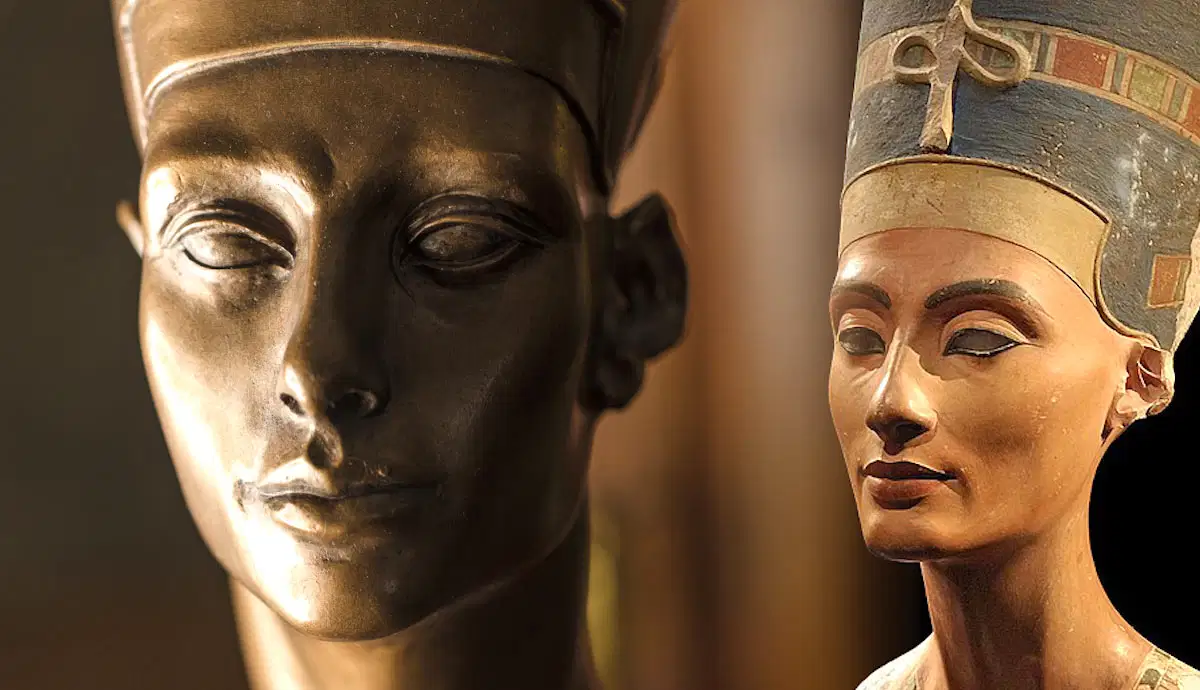solsticeuniversity.com – The Crusades were a series of religious and military campaigns that took place from the late 11th to the late 13th centuries. These events significantly shaped the history of Europe and the Middle East, driven by a mix of religious fervor, political ambition, and economic motives. Understanding the Crusades provides insight into their lasting impact on Christian-Muslim relations and the sociopolitical landscape of the time.
Background: The Context of the Crusades
The Crusades emerged from several key factors:
- Religious Zeal: The desire to reclaim the Holy Land, especially Jerusalem, from Muslim control was a major motivator. Jerusalem holds great significance for both Christianity and Islam, making the call to arms especially urgent.
- Papal Influence: In 1095, Pope Urban II called for the First Crusade at the Council of Clermont. He urged Christians to support the Byzantine Empire against Muslim threats and to liberate the Holy Land. His message framed the Crusade as a noble, penitential act, promising spiritual rewards for participants.
- Feudalism and Warfare: The feudal system fostered a culture of chivalry among European nobles. Many knights joined the Crusades seeking land, wealth, and glory to enhance their status.
Major Crusades
The Crusades can be divided into several major campaigns:
- The First Crusade (1096–1099): This campaign was marked by early successes. Crusaders captured Jerusalem in 1099, establishing Christian states in the region. However, the brutal aftermath of the siege led to the deaths of many Muslims and Jews, setting a troubling precedent for future conflicts.
- The Second Crusade (1147–1149): Prompted by the fall of Edessa, this Crusade was led by King Louis VII of France and Emperor Conrad III of Germany. It ended in failure, highlighting the challenges of uniting diverse European factions.
- The Third Crusade (1189–1192): Sparked by Saladin’s capture of Jerusalem in 1187, notable leaders included Richard the Lionheart of England and Philip II of France. Although the Crusaders achieved some victories, they failed to reclaim Jerusalem, ultimately negotiating a truce allowing Christian pilgrims access to the city.
- The Fourth Crusade (1202–1204): Intended to retake Jerusalem, the Crusaders instead attacked Constantinople, leading to the city’s sack in 1204. This deepened the divide between the Eastern Orthodox and Roman Catholic churches and weakened the Byzantine Empire.
- Later Crusades: Several additional campaigns followed, including the Fifth through Ninth Crusades. However, these efforts often lacked the support and coherence of earlier Crusades, resulting in limited success.
Consequences of the Crusades
The Crusades had profound and lasting consequences:
- Cultural Exchange: The interaction between Europeans and Muslims facilitated the exchange of knowledge, technology, and culture. Advances in medicine, science, and philosophy influenced the Renaissance.
- Economic Impact: The Crusades stimulated trade between Europe and the East, contributing to the rise of powerful merchant cities like Venice and Genoa.
- Religious Tensions: The Crusades intensified hostilities between Christians and Muslims, leaving a legacy of mistrust that persists in discussions of interfaith relations today.
- Political Ramifications: The weakening of the Byzantine Empire and the rise of powerful nation-states in Europe altered the political landscape, influencing historical trajectories in both regions.
Conclusion
The history of the Crusades reflects a complex interplay of faith, conflict, and cultural exchange. Initially framed as holy wars to reclaim the Holy Land, the Crusades became emblematic of broader social and political dynamics. Their legacy continues to shape perceptions of religion, culture, and conflict, reminding us of how historical events can have profound impacts on contemporary society.
Fun Fact
Did you know that the term “Crusader” comes from the Latin word “crux,” meaning “cross”? Participants often wore a cross as a symbol of their commitment to the cause




